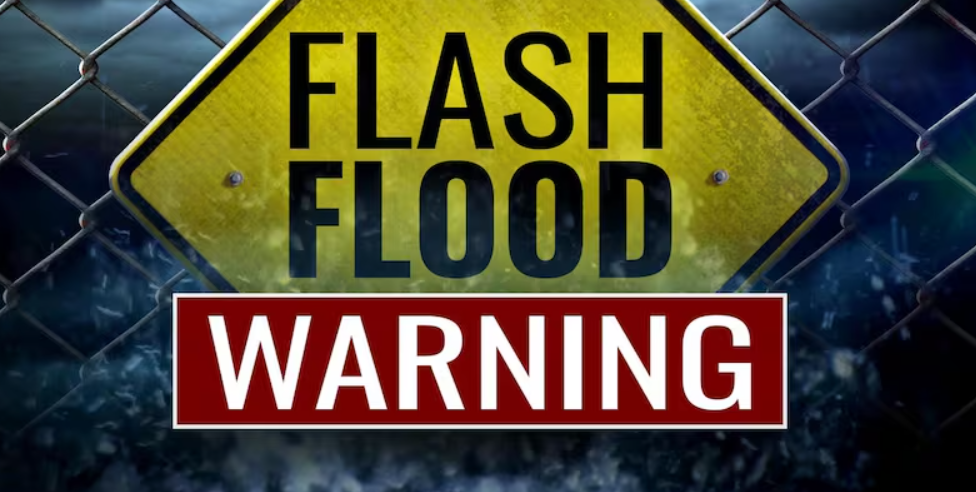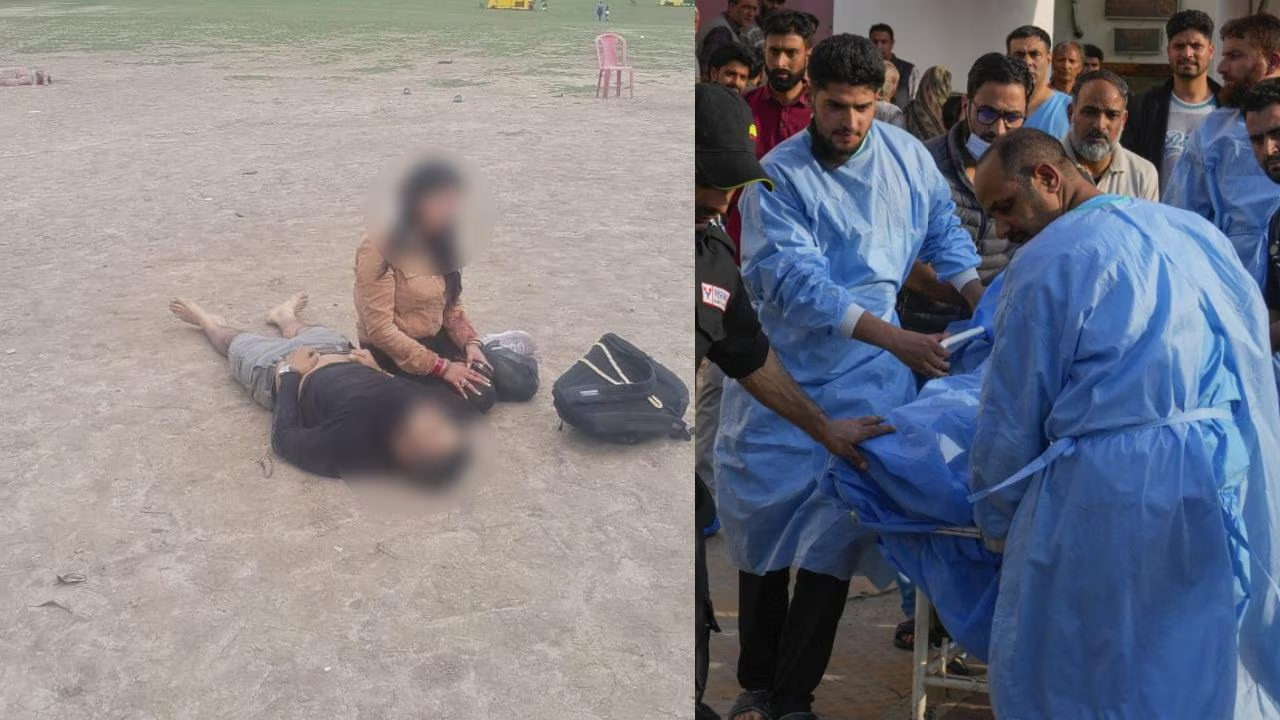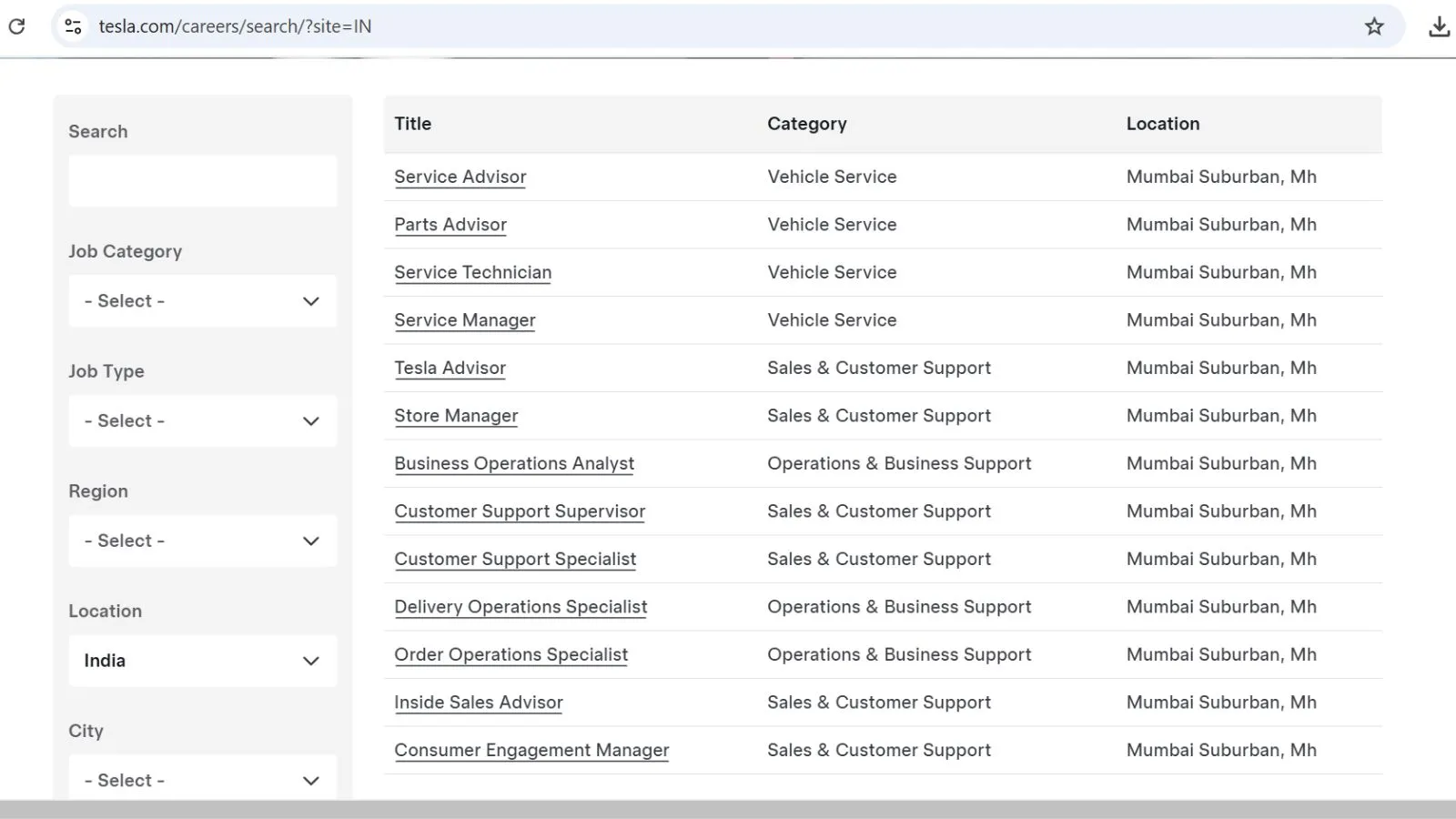Monsoon Havoc Grips Himachal Pradesh
On July 1, 2025, relentless monsoon rains triggered flash floods, landslides, and widespread disruptions across Himachal Pradesh, prompting the India Meteorological Department (IMD) to issue a red alert for 10 of the state’s 12 districts, including Mandi, Shimla, and Kullu. The Beas River’s dangerous swelling, 259 blocked roads, 614 disrupted transformers, and school closures in multiple districts have crippled daily life, with at least 23 deaths reported since June 20. This article details the crisis, response efforts, and impacts, drawing from the Economic Times report and supporting sources.
Crisis Overview: Flash Floods and Landslides
-
Weather Conditions: The IMD issued a red alert for Bilaspur, Chamba, Hamirpur, Kangra, Kullu, Mandi, Shimla, Solan, Sirmaur, and Una, warning of heavy to very heavy rainfall (5–15 mm/hour) and flash flood risks through July 6. Mandi recorded 216.8 mm of rain since June 30, with Pandoh (130 mm), Mandi town (120 mm), and Sunni (113 mm) among the hardest hit. June’s rainfall averaged 135 mm, 34% above the normal 101 mm.
-
Infrastructure Damage: The Himachal Pradesh State Disaster Management Authority (HPSDMA) reported 259 roads blocked, with Sirmaur (57) and Mandi (44) worst affected. The Chandigarh-Shimla and Mandi-Manali highways faced hours-long jams due to landslides, and the Shimla-Kalka railway, a UNESCO World Heritage Site, was suspended but later restored. Power outages impacted 614 transformers, and 130 water supply schemes were disrupted.
-
Human Toll: Since June 20, 23 people have died in rain-related incidents, including drownings, electrocutions, and falls, with 16 deaths and five missing from June 20–30. In Mandi, a cloudburst killed one person and left 12 missing, with 300 stranded in tunnels.
Key Impacts and Affected Areas
-
Mandi District: Hardest hit, with cloudbursts in Karsog, Gohar, and Raghunath Ka Pahad causing flash floods. The Beas River and Juni Khad rose sharply, submerging roads and vehicles in Purana Bazar, Kutti, Baral, Mamel, and Bhyal villages. The Panchvaktra Mahadev Temple at the Beas-Suketi confluence was threatened.
-
Kullu and Sainj Valley: Flash floods in Sainj and Gadsa damaged the Kiratpur-Manali NH-21, with landslides at Pandoh, Raison, and Kalatah. The Larji and Pandoh dams opened spillway gates for pre-monsoon flushing, raising the Beas to 44,000 cusecs with 4,000 ppm silt, halting power generation.
-
Shimla and Solan: Landslides blocked the Shimla-Kalka highway at Koti and Chakki Mod, causing hours-long traffic jams. In Solan’s Jhadmajri, floodwaters entered 20 homes, and a canteen on NH-5 near Waknaghat collapsed.
-
Hamirpur and Bilaspur: Damaged ‘kutcha’ houses, water supply, and power schemes forced residents to travel on foot. A government school in Bilaspur flooded, sending 130 students home.
Response and Safety Measures
-
Rescue Operations: The Mandi Sadar Police and NDRF rescued 12 people in Raghunath Ka Pahad and 15 migrants in Sujanpur’s khairi gram panchayat. SDRF and NDRF teams searched for nine missing in Gohar.
-
Government Actions: Chief Minister Sukhvinder Singh ordered school closures in Kangra, Mandi, Solan, and Sirmaur on June 30, extended to July 1 in Mandi and Hamirpur. Revenue Minister Jagat Singh Negi urged residents and tourists to avoid rivers and follow advisories. The National Highway Authority of India (NHAI) deployed machinery to clear debris, with traffic police managing congestion.
-
Advisories: The IMD and HPSDMA warned against travel near rivers, streams, and landslide-prone areas. Deputy Commissioner Manmohan Sharma directed round-the-clock monitoring of sensitive highway stretches.

Community and Industry Reactions
Social Media Sentiment
X posts reflect alarm and urgency. @ANI reported the Beas River’s flooding and Mandi’s cloudbursts, sharing visuals of rising waters and landslides. @GoHimachal_ urged residents to stay indoors, noting 30 missing in flash floods. @INQUIRERSports and @Three_Cone highlighted rescue efforts and infrastructure damage, amplifying calls for caution.
Industry Insights
Analysts underscore the crisis’s severity. The Hindu reported 16 deaths and 35 damaged houses, emphasizing the state’s vulnerability. Times Now and The Logical Indian noted 300 stranded in tunnels, with Telangana Today detailing Mandi’s 216.8 mm rainfall. The Tribune and Deccan Herald warned of continued flash flood risks through July 5, citing 2023’s 550 monsoon deaths as a grim precedent.
The Bigger Picture: Climate and Regional Impact
Himachal Pradesh’s 2025 monsoon, arriving eight days early on June 20, has intensified climate-driven disasters, with 135 mm of rain in June exceeding norms by 34%. The state’s 2023 monsoon, with over 550 deaths, sets a sobering backdrop. India’s 900 million internet users, including a growing eco-conscious segment, are amplifying awareness of such crises, with hashtags like #HimachalFloods trending on X. Neighboring Uttarakhand and Punjab face similar flooding, with the Ganga nearing warning levels. The crisis underscores the need for resilient infrastructure in India’s hill regions.
Himachal Pradesh’s monsoon crisis, intensified by a July 1, 2025, red alert, has brought devastation through flash floods, landslides, and infrastructure failures. With 23 deaths, 259 blocked roads, and widespread power outages, the state faces a dire situation, particularly in Mandi and Kullu. Rescue operations and government advisories aim to mitigate risks, but forecasts of continued rain until July 6 signal ongoing challenges. As India’s climate concerns grow, this crisis highlights the urgent need for disaster preparedness and resilient infrastructure in vulnerable hill regions.






